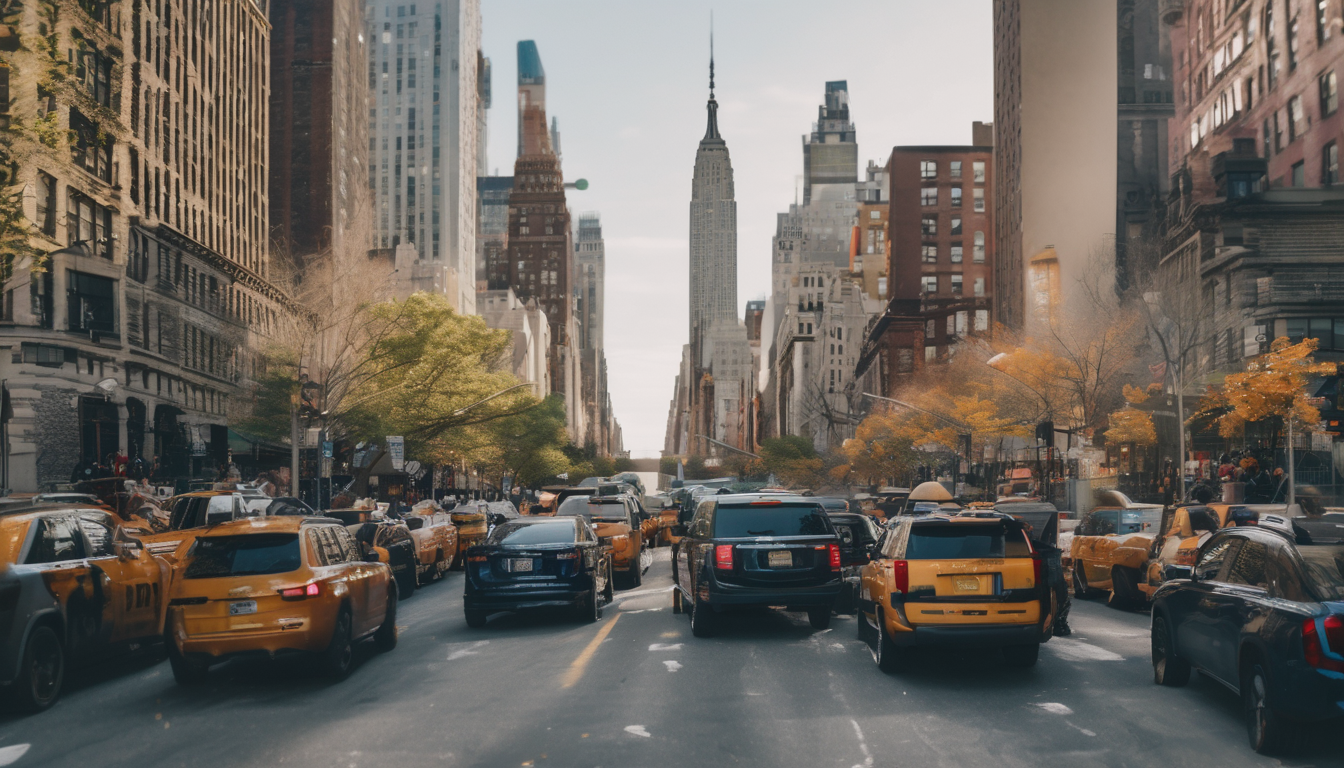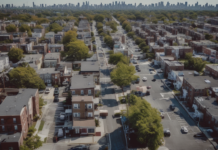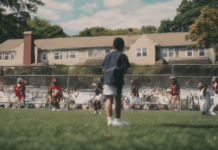For Indian families in NYC comparing Queens vs Long Island for Indian Families: Complete Comparison, one key difference is the average monthly rent: as of November 2024, a two-bedroom in Queens costs around $2,900, while in Nassau County (Long Island), similar space averages $2,500 but often requires a car for daily errands. Queens offers unparalleled access to Indian groceries and temples, but Long Island provides larger homes and quieter neighbourhoods, though commutes to Manhattan can exceed 90 minutes. This decision is tricky because prices fluctuate rapidly, and school districts play a pivotal role—Long Island schools often rank higher, but zoning rules are complex. Insider tip: many Indian families choose Long Island specifically for Syosset or Jericho schools, but there are long waitlists for after-school programmes.
This guide will break down costs, commute times, cultural access, and school quality, so you can confidently decide between Queens or Long Island for Indian families. Expect real numbers, district-specific insights, and practical tips tailored to NYC’s Indian community.
Overview of Queens and Long Island Options for Indian Families

When it comes to raising an Indian family in NYC, the Queens vs Long Island for Indian families debate is a classic. Queens—especially neighbourhoods like Jackson Heights (Roosevelt Ave/74th St, E, F, R, 7 trains), Elmhurst, and Floral Park—has been the city’s beating heart for Desi culture for decades. You’ll find sari shops, fresh samosas on 74th Street, and Jain temples all within walking distance. Most families here rely on the subway, with a MetroCard swipe ($2.90 per ride in 2024) connecting you to Manhattan in under 40 minutes if the MTA gods are kind.
💡 Pro Tip: Always keep a loaded MetroCard for unexpected subway detours, especially on weekends.
□ Research local temple timings for festivals and poojas to avoid last-minute rush
□ Visit Indian groceries (Patel Brothers, Apna Bazaar) on weekdays for shorter lines
📋 Quick Reference:
Long Island’s Nassau County—think Hicksville, New Hyde Park, and Jericho—offers a different vibe. You’re trading subway connections for the LIRR (monthly pass $296 in 2024) and more square footage. Indian groceries, temples, and community centres are clustered but require a car. School districts here are top-rated, but property taxes can make you wince. Expect a 60-90 minute commute to Manhattan, door-to-door, and don’t count on bodegas for midnight snacks.
⚠️ Warning: LIRR delays during peak hours can add unexpected time to your commute.
📊 By The Numbers:
24% – Percentage of Indian residents in Hicksville as of 2024
$4,200 – Average monthly rent for a 3BR in Jericho
❓ Ask Yourself: Is easy subway access or school quality your top priority?
✓ Compared school ratings for both regions to make an informed choice
✓ Calculated commute times for both locations with Google Maps
For Indian families in NYC, both regions offer strong cultural networks, but the flavour is different. Queens pulses with street festivals and late-night dosa joints, while Long Island is suburban, quieter, and more spread out—think backyard Diwali parties and carpooling to Bharatnatyam classes. The 2024/2025 rental market is tight everywhere, so be ready to move fast when the right place pops up, especially closer to subway lines and top-rated schools.
🎯 Key Takeaway: Your lifestyle priorities—urban hustle or suburban space—will drive your choice more than anything else.
💎 Insider Secret: Many Indian families in Nassau County pool resources to buy multi-family homes near the Hicksville LIRR, reducing costs and commute.
▢ Prepare a moving checklist including utility transfers and school registrations
▢ Arrange temporary accommodation if your lease dates don’t align
⚡ TL;DR: Queens offers unbeatable cultural convenience, while Long Island wins on schools and space—choose based on what matters most to your family.
Housing and Cost of Living Comparison in Queens and Long Island

Let’s talk cost-of-living reality for Indian families eyeing Queens vs Long Island in 2024—especially if you want to keep a foot in Manhattan but don’t want your wallet to weep. The primary keyword here: housing and cost of living comparison in Queens and Long Island is not just about sticker shock, but also value per MetroCard swipe. In Queens, you’re looking at rent for a 2-bedroom in Jackson Heights (Roosevelt Ave/74th St station, E/F/7/R/M) ranging $2,800–$3,200/month, and you’ll never be more than a samosa’s throw from a 24-hour bodega or the Q49. Long Island? Nassau County’s Hicksville or Mineola will run you $3,200–$3,800 for similar space, but with no subway—just the LIRR, and monthly passes are $340 in 2024.
💡 Pro Tip: Always factor in monthly LIRR costs if considering Long Island for a Manhattan commute.
□ Compare subway proximity carefully before signing a lease
□ Ask about heat/hot water inclusions—NYC law varies
📋 Quick Reference:
Utilities and daily living can sneak up on you. In Queens, you’re likely to have heat and water bundled into rent by law, but in Long Island suburbs, expect to pay $200–$350/month for gas, electric, and water. Groceries at Patel Brothers on 74th St are a lifesaver, and way cheaper than suburban supermarkets in, say, Garden City. Car ownership? In Queens, parking is a gladiator sport—alternate-side rules, meters, and $250 tickets if you miss a street sweep. On Long Island, it’s basically compulsory, so factor in insurance and tolls. Basically, your MetroCard gets you everywhere in Queens, while Long Island’s freedom means filling up at $4/gallon.
⚠️ Warning: Many suburban rentals in Long Island require your own washer/dryer and lawn maintenance.
📊 By The Numbers:
65% – Households in Hicksville own two cars
$3,100 – Median Queens rent for 2BR in 2024
❓ Ask Yourself: Would you trade subway access for a driveway and lawn?
✓ Compared utility inclusions in sample leases
✓ Walked both neighbourhoods at night for vibe
Bottom line: If you crave quick A-train access to Manhattan and the Desi shops on 37th Ave, Queens is unbeatable for Indian families in NYC—plus you get the full city experience and a shot at rent stabilization. Long Island offers bigger homes and top-rated schools (Jericho, Syosset), but at a price: longer commutes, car costs, and less late-night dosa. For 2024, the trade-off remains: convenience and culture in Queens, or space and quiet in the ‘burbs.
🎯 Key Takeaway: Queens is the king for subway convenience and Desi culture, but Long Island rules on space and schools.
💎 Insider Secret: Some rent-stabilized gems still exist in Elmhurst and Woodside—ask local agents, don’t rely on Zillow.
▢ Bring pay stubs and IDs for rental applications
▢ Prep for credit checks at most NYC brokerages
⚡ TL;DR: Queens is affordable, transit-friendly, and vibrant; Long Island is pricier but offers more space and top schools.
Educational Opportunities for Indian Families in Queens and Long Island
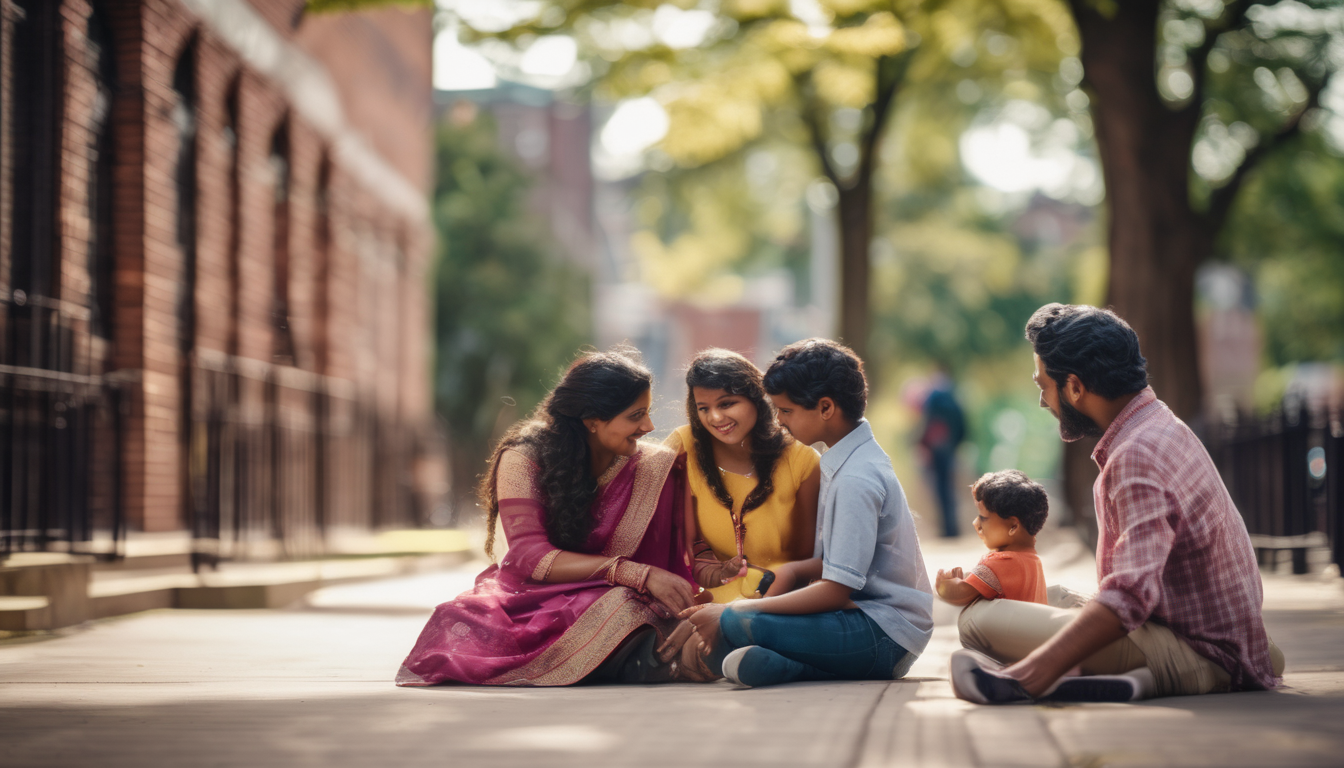
When it comes to educational opportunities for Indian families in Queens vs Long Island, you’ll find both areas have their own flavour—and challenges. In Queens, neighbourhoods like Jackson Heights and Forest Hills are magnets for Indian families because of their close proximity to reputable public schools (think PS 69 on 37th Ave, just steps from the 82nd St–Jackson Heights 7 train), and countless after-school tutoring centres along Roosevelt Ave. The commute’s a breeze—hop on the E, F, or 7 train and you’re in Manhattan in under 45 minutes. But, with demand high, expect waitlists, and prepare to navigate the NYC Department of Education’s lottery system for gifted programs.
💡 Pro Tip: Visit each school during their open house events before the application deadline for the best insights.
□ Review each school’s GreatSchools rating before applying to ensure academic fit
□ Gather required immunisation records for NYC public school registration
📋 Quick Reference:
Long Island, on the other hand, is the land of “good districts”—Syosset, Jericho, and Great Neck, to name a few. Here, schools routinely top statewide rankings, and AP classes are practically a rite of passage. But if you’re coming from Queens, get ready for sticker shock: property taxes are steep, and after-school enrichment (like Kumon or Bollywood dance) can run $200–$400 per month. Plus, you’ll need a car; the LIRR from Hicksville to Penn Station is reliable, but not cheap—monthly fares hit $345 in 2024, and MetroCards don’t work beyond city limits.
⚠️ Warning: Don’t underestimate the extra costs of transportation and private tutoring on Long Island.
📊 By The Numbers:
96% – Jericho High School graduation rate, among the highest in NY State
$345 – 2024 monthly LIRR fare from Nassau to Manhattan
❓ Ask Yourself: Are you ready to trade subway convenience for higher property taxes and driving responsibilities?
✓ Calculated school commute time using MTA Trip Planner
✓ Contacted after-school centres for up-to-date pricing
For families eyeing specialised programs—think STEM, IB, or Hindi language classes—Queens offers more public magnet options, while Long Island’s districts excel in advanced placement but may lack cultural programming unless you supplement with local temples or weekend academies. Either way, NYC’s paperwork game is real: keep documents handy, and act early before deadlines pass you by.
🎯 Key Takeaway: Start the application process early and double-check requirements for each school district.
💎 Insider Secret: Some Queens temples offer free weekend tutoring and SAT prep for Indian students—ask at the front desk, not just in flyers.
▢ Bring notarised proof of address for school registrations
▢ Prepare copies of visas and birth certificates for all children
⚡ TL;DR: Both Queens and Long Island offer strong education, but costs, commute, and cultural fit should guide your choice.
Community and Cultural Resources in Queens and Long Island
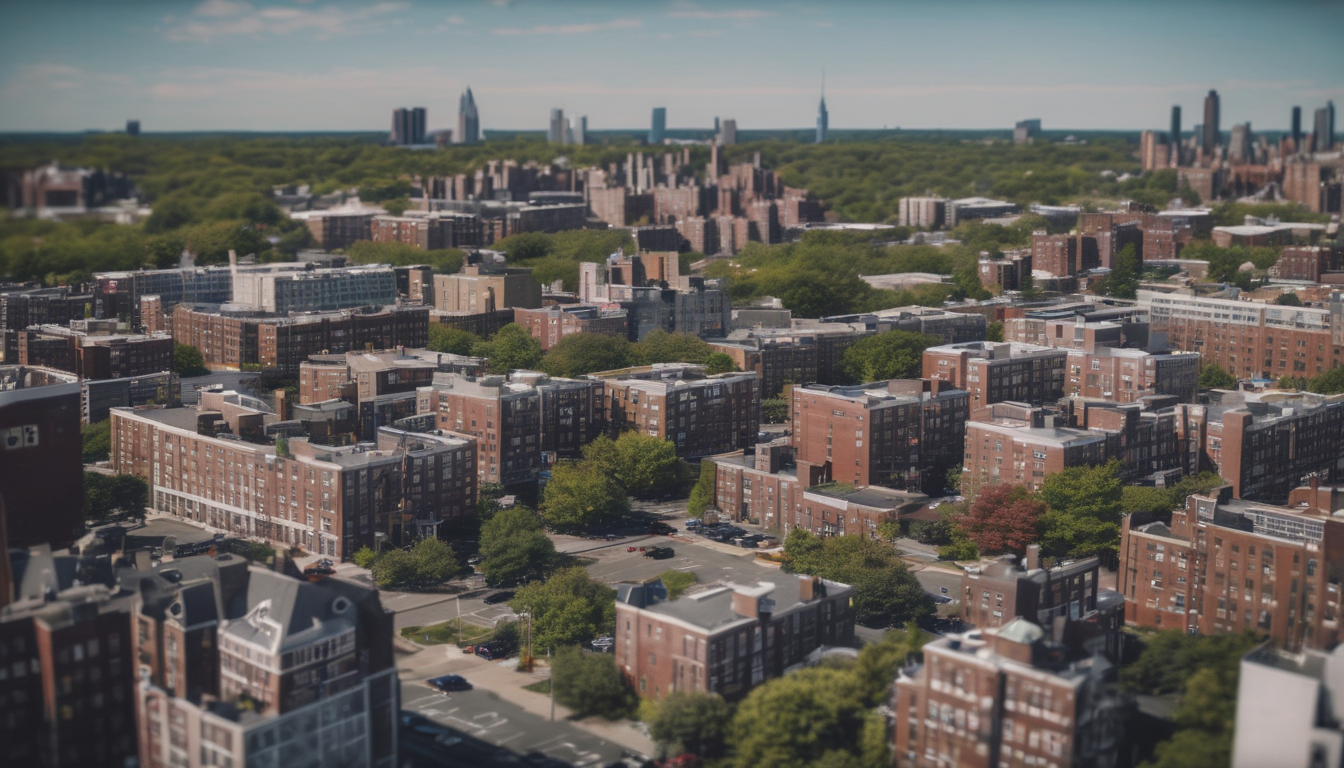
If you’re weighing Queens vs Long Island for Indian families, community and cultural resources might be the tiebreaker. In Queens, especially around Jackson Heights (74th St–Broadway on the 7/E/F/R), you’ll find a vibrant Desi scene: temples, gurdwaras, and masjids are all within a few blocks of sari shops and spice stores. From Patel Brothers at 42-92 Main St to Ganesh Temple on Bowne St, everything’s accessible by MetroCard and the subway—no car needed. Weekend events (think Holi in the park off Roosevelt Ave) pop up constantly, and you can walk to the best samosas in the city for under $2.50 in 2024.
💡 Pro Tip: Always check local WhatsApp groups for last-minute festival or puja announcements before heading out.
□ Look up nearby community centres to find weekly events and services for families
□ Carry a MetroCard with at least $10 loaded for multiple subway trips in a day
📋 Quick Reference:
Long Island is a different game. The Indian population is strong in pockets like Hicksville and New Hyde Park, but you’ll need a car—forget about hopping on the 6 train or buying a MetroCard at a bodega. Cultural associations (like the India Association of Long Island) run Diwali melas at school gyms or temples, but foot traffic is sparse and everything’s further apart. Renting event halls for birthday parties or pujas averages $850–$1,500 in 2024, and you’ll be driving to Nassau County offices for anything paperwork-related, often waiting a week for appointments.
⚠️ Warning: Traffic on the LIE and Northern State Parkway during festival weekends can double your trip time—plan accordingly.
📊 By The Numbers:
41% – Indian-origin population growth in Nassau County since 2010
$3,200 – Median monthly rent for a 2BR in Hicksville
❓ Ask Yourself: Are you willing to drive 20+ minutes for culture-specific groceries or events?
✓ Compared rent and commute times to prioritise budget
✓ Contacted local Indian association to verify event schedule
Bottom line: If your family thrives on walkability and nonstop cultural action, Queens wins hands down. But if you want quiet, lawn space, and don’t mind a longer drive to temple or Indian groceries, Long Island delivers—just slower, and with more planning. Community support exists in both, but the rhythm is entirely different.
🎯 Key Takeaway: Queens is fast-paced with dense, walkable Indian resources, while Long Island offers space at the expense of convenience.
💎 Insider Secret: The best dosa in NYC is tucked behind a Jackson Heights jewellery shop—locals skip the line by ordering ahead by text.
▢ Prep a list of must-visit shops before your first trip to Jackson Heights
▢ Check Long Island temple schedules online for weekend kids’ classes
⚡ TL;DR: Queens is culture-on-demand via subway, Long Island is DIY but peaceful—pick what fits your family’s style.
Factors to Consider When Choosing Between Queens and Long Island
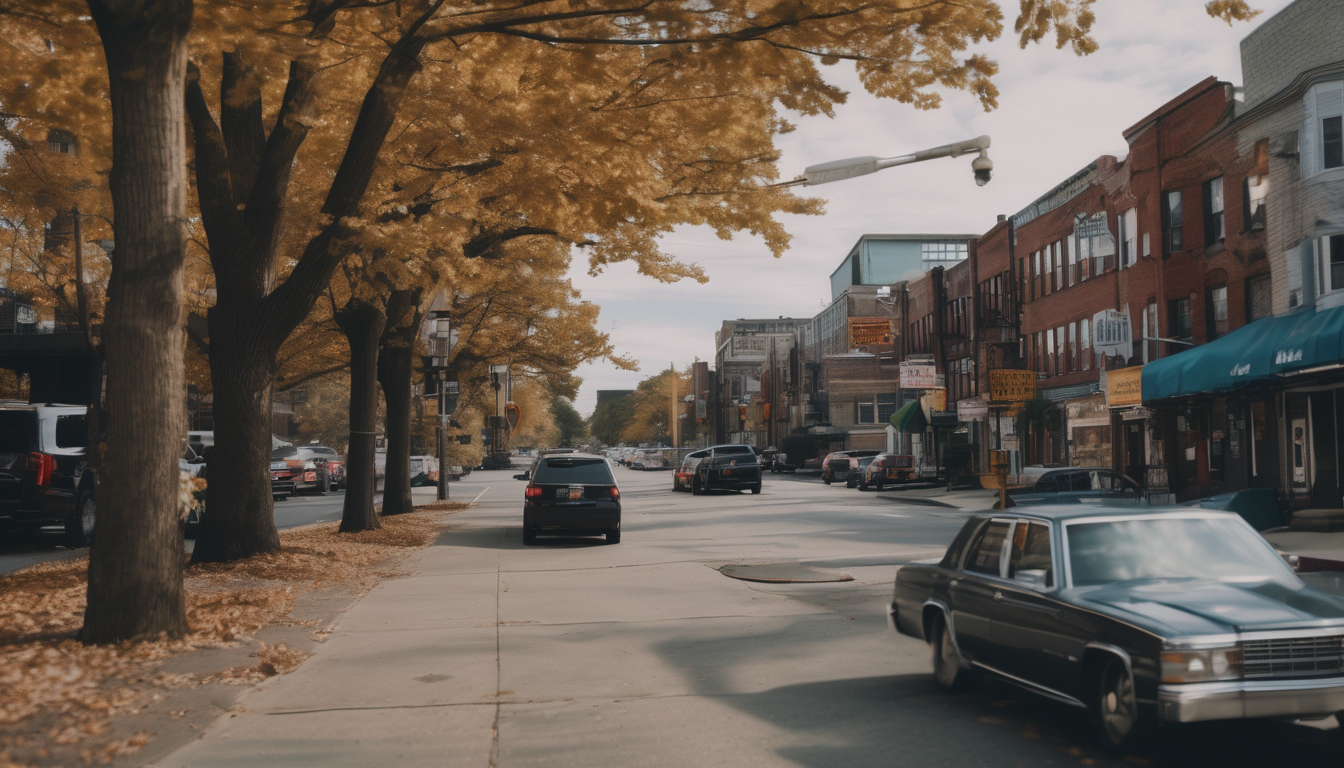
When weighing Queens vs Long Island for Indian families, start by asking yourself: how much do you want to be in the thick of NYC’s pulse? Living in Queens, especially neighbourhoods like Jackson Heights or Forest Hills, means access to the 7, E, F, and R subway lines—direct to Manhattan in under 40 minutes if you time your MetroCard swipe right. Indian groceries, sari shops, and dosa counters cluster along 74th St and Roosevelt Ave, and rents hover around $2,800 for a two-bedroom in 2024. Out in Nassau or Suffolk, you’ll drive more (LIRR monthly pass: $300+), but you’ll also get more space for your dollar.
💡 Pro Tip: Always check subway schedules on the MTA app before committing to a neighbourhood.
□ Investigate proximity to Indian supermarkets and temples before signing lease
□ Confirm school ratings for your preferred area using NYC Department of Education reports
📋 Quick Reference:
Address: 74-05 37th Ave, Jackson Heights, NY 11372 (near 74th St-Broadway station)
Here’s the snag: Queens means density, diversity, and walk-up apartments (no elevators, sorry). Parking is a daily battle unless you snag something near 82nd St. Long Island, on the other hand, offers driveways, lawns, and Indian community groups in places like Hicksville or New Hyde Park. But you’ll trade bodega convenience for big-box sprawl and carpooling kids to Bharatnatyam lessons. For new arrivals, sorting out school registrations (1–2 weeks) and DMV paperwork (30–45 days) can trip you up—NYC offices run on their own clock.
⚠️ Warning: Always verify rental listings to avoid scams, especially on Craigslist or Facebook Marketplace.
📊 By The Numbers:
72% – Percentage of Queens residents using public transit weekly
$3,200 – Average Nassau County property tax per year
❓ Ask Yourself: Are you willing to swap subway convenience for a backyard and more square footage?
✓ Registered at local public school with all required documents
✓ Completed DMV address change with utility bill proof
Ultimately, your choice hinges on priorities—proximity to Manhattan, access to temples like Ganesh Temple in Flushing, or a home that fits a joint family. In 2024, both Queens and Long Island have strong Indian communities, but the vibe is totally different: Queens is street festivals and shouting at the halal cart guy; Long Island is peaceful Sunday poojas and Costco runs on Old Country Road.
🎯 Key Takeaway: Consider commute, cultural needs, and daily lifestyle before you sign the lease.
💎 Insider Secret: The best Diwali sweets in NYC are at Maharaja Sweets, 73-10 37th Rd—go right after the F train lets out.
▢ Prepare school immunization records and birth certificates for registration
▢ Bring cash for smaller stores in Jackson Heights, as not all accept cards
⚡ TL;DR: Queens is all about urban energy and transit access; Long Island delivers space and quiet, but you’ll need a car and patience for commutes.
You now have a clearer understanding of the key differences between Queens and Long Island for Indian families in NYC, enabling you to make an informed decision tailored to your specific needs. Whether it’s considering commute times, neighbourhood amenities, or cost of living, you’re better equipped to plan your move or settle comfortably within your preferred area.
Your first step is to visit local neighbourhoods in both Queens and Long Island to get a firsthand feel of the community atmosphere and amenities. Scheduling a few visits over the coming weekends will help you assess which area aligns best with your lifestyle and preferences.
Have questions or need further guidance? Share your thoughts below or explore our detailed comparison guide on indonewyork.com for additional tips and insights on choosing the right neighbourhood for your family’s needs.

